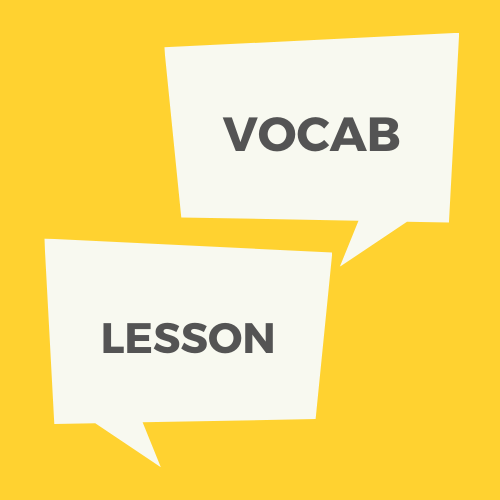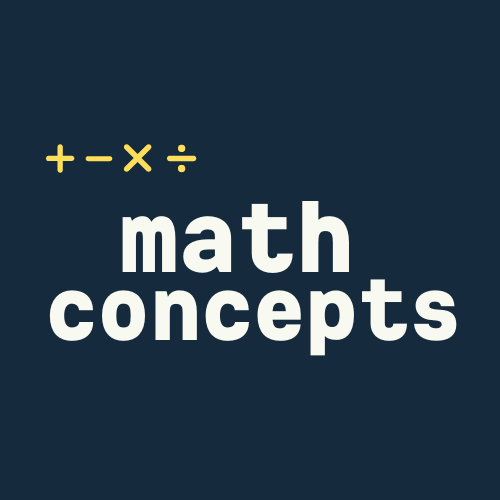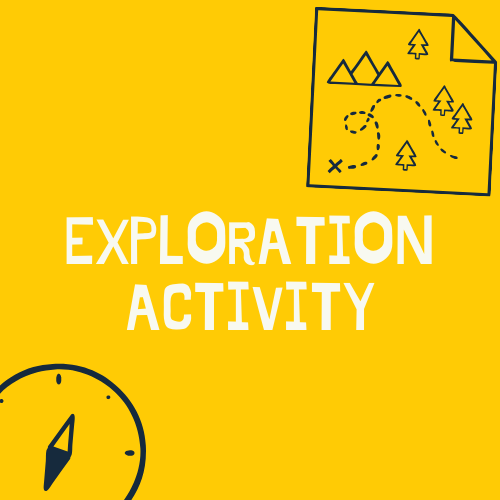Engineering Towers
Multi-digit Multiplication Practice
Overview
Learn about towers throughout history, including towers in Hawaiian history and towers used in Hawaiʻi today. Then you will build your own tower and compete with your classmates to see which tower can hold the most weight!
Materials
Goals
Objectives
Common Core State Standards
Next Generation Science Standards
Materials
Vocabulary Lesson
Computer or other device with speakers
Math Concepts Lesson
- Computer or other device with speakers
Exploration Activity
- Computer or other device with internet + speakers
- “Tower Multiplication” worksheet
Discovery Lesson
- Computer or other device with speakers + internet
- “Bucket Tower Challenge Data Table” worksheet
- “Tower Weight Multiplication Practice” worksheet
- Timer or clock
- A lot of newspapers (or other type of paper you may have)
- A lot of scotch tape (or other tape you have)
- String, yarn or thread (about 2 feet)
- 7 oz – 9 oz, paper or styrofoam cup
- A lot of marbles (or other small weighted objects such as coins, washers, pebbles, etc. The objects you use should all be the same size and weight)
- If you cannot print any of the worksheets, just write your answers on a piece of paper.
Goals
- Learn about different types of towers;
- Learn about structural engineering;
- Learn about towers used in ancient Hawaiʻi;
- Learn some history about why the Leaning Tower of Pisa leans;
- Learn about how to set up and solve multi-digit multiplication problems;
- Play games to practice solving multi-digit multiplication problems;
- Learn about cell towers;
- Practice multiplication of a multi-digit number by a single-digit number;
- Practice multiplication of a multi-digit number by a single-digit number;
- Participate in a rapid prototyping process; and
- Build a free-standing tower that can hold a cup of marbles.
Objectives
- Define tower, structural engineers, and lananuʻu mamas;
- Name different towers in world and compare their heights;
- Make observations about the structure of towers;
- Read about structural engineers;
- Learn about what lananuʻu mamao towers were used for;
- See examples of structural engineering;
- Identify issues and solutions with the Leaning Tower of Pisa’s structure;
- Go through a four-step process to multiply a multi-digit number by a single number; and
- Practice solving multiplication problems using the four-step process;
- Calculate the total amount of weight towers can hold using multiplication;
- Understand that towers are built to hold a maximum amount of weight;
- See examples of rapid prototyping for building a tower;
- Understand the process and benefits of rapid-prototyping;
- Use rapid-prototyping process to build a tower;
- Using newspapers, tape, string, and a cup, construct a tower that can hold the most weight; and
- Calculate the amount of weight your tower can hold.
Common Core State Standards
CCSS.MATH.CONTENT.4.NBT.B.5
Multiply a whole number of up to four digits by a one-digit whole number, and multiply two two-digit numbers, using strategies based on place value and the properties of operations. Illustrate and explain the calculation by using equations, rectangular arrays, and/or area models.
Next Generation Science Standards
ETS1.A: Defining Engineering Problems
Possible solutions to a problem are limited by available materials and resources (constraints). The success of a designed solution is determined by considering the desired features of a solution (criteria). Different proposals for solutions can be compared on the basis of how well each one meets the specified criteria for success or how well each takes the constraints into account.
ETS1.C: Optimizing the Design Solution
Different solutions need to be tested in order to determine which of them best solves the problem, given the criteria and the constraints.
3- 5-ETS1-1
People’s needs and wants change over time, as do their demands for new and improved technologies.
3-5-ETS1-2
Engineers improve existing technologies or develop new ones to increase their benefits, decrease known risks, and meet societal demands.
STEM
Exploration Activity
Practice using multiplication skills to plan out building some cell towers.




